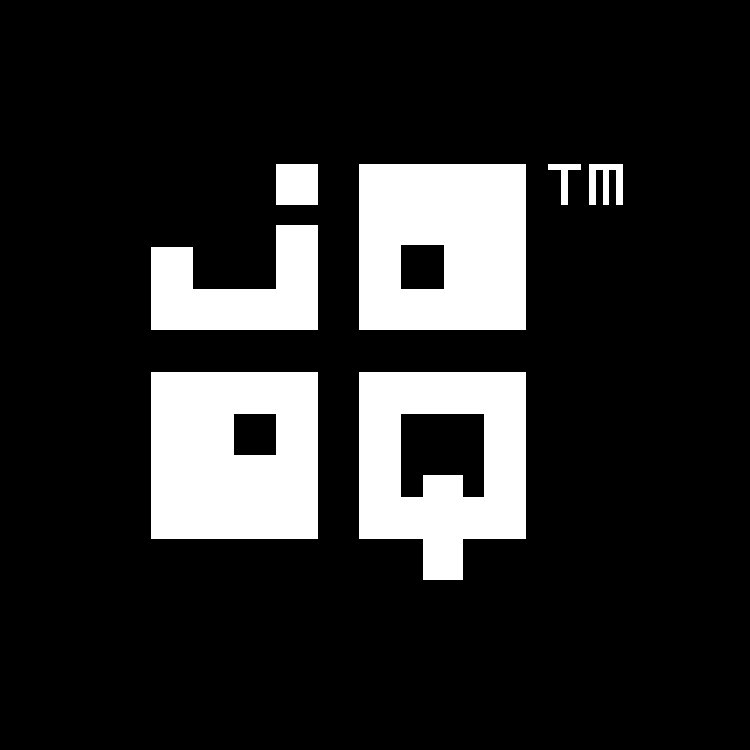Available in versions: Dev (3.21) | Latest (3.20) | 3.19 | 3.18 | 3.17 | 3.16 | 3.15 | 3.14 | 3.13 | 3.12 | 3.11
Using jOOQ with JPA
Applies to ✅ Open Source Edition ✅ Express Edition ✅ Professional Edition ✅ Enterprise Edition
These sections will show how to use jOOQ with JPA's native query API in order to fetch tuples or managed entities using the Java EE standards.
The goal of these sections is to describe how to do this, if you have strong reasons to do so. Mostly, however, you're better off executing your queries directly with jOOQ, especially if you want to use jOOQ's more advanced features. This blog post illustrates various reason why it's better to execute queries directly with jOOQ.
In all of the following sections, let's assume we have the following JPA entities to model our database:
@Entity
@Table(name = "book")
public class JPABook {
@Id
public int id;
@Column(name = "title")
public String title;
@ManyToOne
public JPAAuthor author;
@Override
public String toString() {
return "JPABook [id=" + id + ", title=" + title + ", author=" + author + "]";
}
}
@Entity
@Table(name = "author")
public class JPAAuthor {
@Id
public int id;
@Column(name = "first_name")
public String firstName;
@Column(name = "last_name")
public String lastName;
@OneToMany(mappedBy = "author")
public Set<JPABook> books;
@Override
public String toString() {
return "JPAAuthor [id=" + id + ", firstName=" + firstName +
", lastName=" + lastName + ", book size=" + books.size() + "]";
}
}

Feedback
Do you have any feedback about this page? We'd love to hear it!